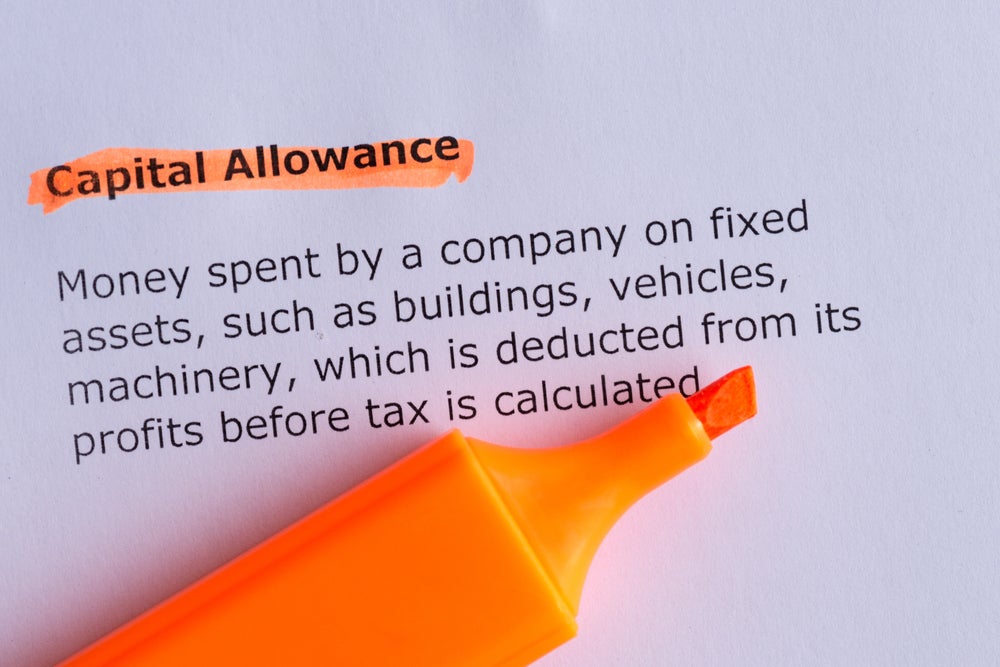HGV leasing was hit hard by
recession, but the market is gradually regaining strength and
long-term prospects for the sector are positive. Vicky Meek
reports.
 Many
Many
sectors were badly affected by the recession, but HGVs have
suffered more than most. As sales of goods have dropped in most
categories, the demand for HGVs required to deliver those goods has
almost fallen off a cliff over the last two years.
In 2005, there were nearly 59,000
new truck registrations (of trucks over 3.5 tonnes) in the UK,
according to the Society of Motor Manufacturers and Traders (SMMT);
last year, registrations fell to just over 34,500. The figures for
this year so far show a further drop: by October, there had been
just 27,600 registrations, a fall of 9.8% on the year to date in
2009.
“Road haulage is highly sensitive
to overall economic conditions, especially GDP growth or declines”
says Alex Baldock, managing director of Lombard. “HGV usage dropped
12% in 2009 and road usage shrank for eight consecutive quarters –
it’s an unprecedented decline.”
This clearly has an impact on the
amount of HGV leasing business being written. Market participants
report that customers have been finding any means they can to
conserve cash, and replacing expensive HGVs has been high on their
savings list.
How well do you really know your competitors?
Access the most comprehensive Company Profiles on the market, powered by GlobalData. Save hours of research. Gain competitive edge.

Thank you!
Your download email will arrive shortly
Not ready to buy yet? Download a free sample
We are confident about the unique quality of our Company Profiles. However, we want you to make the most beneficial decision for your business, so we offer a free sample that you can download by submitting the below form
By GlobalDataMike MacDougall, head of commercial
vehicle sales at Hitachi Capital Commercial Vehicle Services, says:
“Many companies have been extending the leases and contracts on
their existing HGVs. They are putting off the decision to buy new
trucks because it is such a big commitment.”
The latest statistics from the
Finance and Leasing Association (FLA) show that commercial vehicle
finance levels fell 13% in the 12 months to September 2010 to
£3.2bn, although this figure includes light commercial vehicles,
such as vans, which have proved more resilient to the
recession.
Yet despite the current gloomy
picture, many in the market believe business is starting to pick up
and will continue to do so over the next few quarters. One factor
in this is an increase in confidence and visibility on the economic
environment.
 Allan
Allan
Ross, managing director of broker First Independent Finance points
to the latest Bank of England inflation report, which predicts an
ongoing improvement in the UK economy as well as a global trade
recovery.
Ross says: “As confidence improves,
demand for HGVs will rise. Ageing fleets cost a lot in maintenance
bills and so customers will have to weigh up the benefits of
holding on to their current assets or renewing. The UK is also part
of the global economy and so any increases in exports or imports
will be to the benefit of the logistics industry, as will the
increase in trade over the internet. The goods sold online have to
be delivered somehow.”
Some leasing companies are starting
to see a recovery in business levels.
“Over the last months, we have seen
an improvement in the market,” says Thies Engering, global new
business development director for transportation at De Lage Landen.
“We certainly haven’t reached the peaks of 2007, but pent-up demand
for HCVs is coming through now.”
While customers at the beginning of
the year had been attracted to the rental markets, they are now
looking much more seriously at buying new HCVs.
Engering says: “Earlier this year,
many customers were looking at short-term rental. And many of the
rental companies had unused equipment that they were hiring out at
low prices. The capacity has now gone and so we’re seeing a shift
towards acquiring.”
There is also demand from customers
that might not previously have considered leasing.
“We are seeing some new customers
come through who are looking for alternative forms of finance to
buying outright, particularly in areas such as HGVs, which have
high capital values,” says MacDougall.
“They are seeing pressure on their
funding lines from banks, which are looking to reduce risk,
compounded by the fact that some may have had a dip in trading
performance.”
Expectations of increased business
in this area is prompting some asset finance houses to step up
their efforts in commercial vehicle leasing. BNP Paribas recently
recruited Keith Sangwin as head of dealer accounts to build its van
and HGV leasing business.
Sangwin says: “We want to increase
our penetration in this market. We see this as an attractive asset
to be involved with.”
Lombard is also keen to stress its
interest in the sector.
“We are currently setting up an HGV
and coach specialisation,” says Baldock.
“We understand the asset and how to
value it, so we can tailor products around our customers’ needs as
well as ensure we manage our risks. We have the full backing of our
parent, unlike some other asset finance houses.”
The new specialist unit is expected
to be up and running by early 2011.
However, business is unlikely to
resemble that of the heady years of a couple of years ago when
finance was cheap.
Sangwin says: “The market had been
so competitive that it wasn’t sustainable. If you look at the cycle
of the business, the margins and profits over five to ten years
made a lot of leasing businesses unviable and so you’ve seen some
players come out of the market altogether.”
Bank of Scotland, Bank of Ireland
and Alliance and Leicester are among the largest to have quit.
Those that remain are cautious.
Engering says: “There is wariness.
Transport suffered a lot of risk cost and banks have now identified
this area as a risk market, they are handling it with care.”
Increased finance costs mean that
pricing has gone up and margins for some players have reduced.
“The availability of finance is
poor at the moment,” says MacDougall. “This means many medium-sized
leasing players are finding that their products are not as
competitive as they could be. They face the choice of passing these
costs to customers or lowering their margins to hold on to
business.”
Manufacturers have upped their list
costs for HGVs to compensate for lower volumes.
MacDougall says: “Manufacturers
have increased prices to increase margins. They have reacted
differently from previous recessions during which they carried on
building a lot of vehicles and then had to sell at distressed
prices. Yet this time around, they were quick to stop production
and reduce inventory and so the distressed sales didn’t happen.
“However, customers remember what
happened last time and expect a reduction when renewing their
existing contracts, but the discounts aren’t there.”
For those wanting to buy in bulk,
the market may be rather more attractive.
Phil Snewin, co-founder of T&L
Leasing, which spun out of Bank of Scotland in 2009, says: “The
published price lists have shown a marked increase. Yet the
manufacturers are under pressure to attract large contracts and so
are offering significant discounts to some customers. This means
they are doing all they can to ensure their captives write a lot of
their business to secure additional margins to make up for these
discounts.”
The types of lease being written in
this area have also seen a shift. Larger companies with big fleets,
such as supermarket chains, continue to seek operating leases
because of the convenience and possibly reduced cost of outsourcing
and they are generally able to secure these types of deal.
The options available to smaller
companies are more limited as leasing businesses are now looking
much more closely at customer risk profiles and are wary of
residual value risk.
“There is still a take-up of
operating leases and contract hire. But this has changed,” says
Snewin. “This is partly driven by the non-captive financing
companies not wanting to take on as much risk. And those writing
operating leases are being much more realistic about pricing in
residual value risk.”
For their part, customers are also
more wary of operating leases, based on recent experience.
Snewin says: “Many suppliers have
become much more stringent on their return conditions. They are
interpreting them for their own advantage in terms of recharges,
especially when customers are not buying new.”
Overall, it looks as though the HGV
lease market is set for a recovery, albeit a gentle one, with HP
leases dominating the smaller end of the market and operating lease
products continuing to be written at the top end.
With finance still in short supply and a focus on risk profiles
among asset finance providers, plus the spectre of a double-dip
recession among lessees, a return to brisk business seems remote in
the short term.
See also: Secondary
markets







